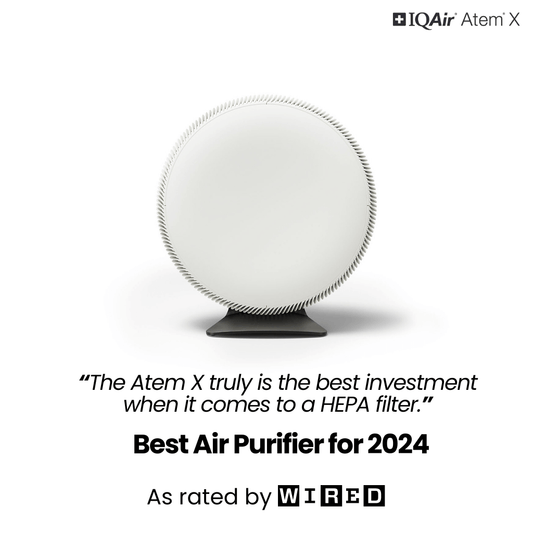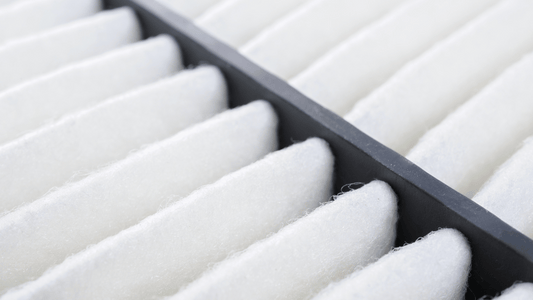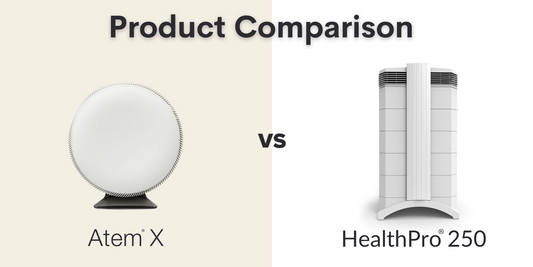The lung/sleeping disorder known as sleep apnoea is estimated to effect two per cent of women and four per cent of men. Sleep apnoea is more common with age, but children may also develop the condition. Because snoring is the prime symptom and snoring is common and regarded more as a nuisance than a medical problem, it is likely that many people with sleep apnoea actually go undiagnosed. However, the implications of sleep apnoea can be serious. The condition is associated with increased risk of having an accident when driving and of having a heart attack or stroke.
What is sleep apnoea?
Also known as sleep-disordered breathing, sleep apnoea is a condition in which the patient stops breathing temporarily (for 10 seconds or more) many times during the night when they are asleep. The word apnoea itself means 'absence of breathing' and there are also related episodes known as hypopnoea where airflow is reduced (for 10 seconds or more) but does not stop altogether. Sleep apnoea is diagnosed when there are more than 5 episodes of apnoea plus hypopnoea per hour, or more than 35 per night. Severe sleep apnoea is defined as more than 40 episodes of disordered breathing per night.
Most sleep apnoea is Obstructive Sleep Apnoea (OSA), caused by an obstruction to the breathing process in the upper airway. Less common is central sleep apnoea, which is caused by dysfunction of the central nervous system control of ventilation.
What are the symptoms of sleep apnoea?
- Snoring, snorting, gasping or other nocturnal noises, often reported by the person's sleeping partner. Often the person themselves will not be aware of their snoring.
- Restless, unrefreshing sleep
- Daytime sleepiness
- Nocturia (getting up in the night to urinate)
- Morning headache, anxiety, depression, lack of concentration
- Increased risk of accidents because of sleepiness. It is estimated that a quarter of all road traffic accidents in the UK are linked to sleepiness, of which OSA is a common cause
- Impaired work or school performance.
Sleep apnoea is linked to an increased risk of heart attack, high blood pressure, stroke and other cardiovascular complications. Over 10 years, 14 per cent of patients with severe sleep apnoea will have a stroke and 23 per cent will have a heart attack. If the person already has chronic obstructive pulmonary disease, having sleep apnoea as well puts them especially at risk of complications, because their breathing is already compromised.
What causes sleep apnoea?
Obstructive sleep apnoea is most commonly caused by neck obesity (for a man of 5 ft 8 inches, having a collar size more than 18 inches, as a rough guide). Being overweight or obese may cause the muscle tissues at the back of the throat to lose their tone (they become 'floppy'), thereby obstructing breathing when the person is lying down. Night time consumption of alcohol can have the same effect, as can muscle relaxant drugs, tranquillisers or sleeping tablets. It is also three times more common among those with diabetes and it also tends to run in families, suggesting a genetic component. People who suffer from blocked nose due to allergic conditions like allergic rhinitis and asthma are also more likely to have sleep apnoea. Central sleep apnoea may be caused by stroke or some other neurological condition.
How is sleep apnoea treated and managed?
Because snoring is so common, and may have other causes, a proper clinical investigation is needed to establish whether the patient really does have sleep apnoea. This is done by polysomnography, a set of observations carried out in a sleep laboratory which measures the patient's breathing patterns and blood oxygen levels.
Maybe the most straightforward way of treating sleep apnoea is for obese patients to lose weight. Treatment by a device known as nasal continuous positive airway pressure, which is a kind of mask worn at night, may be recommended in severe cases. If the sleep apnoea is caused by condgestion due to an allergic reaction, an effective air purifier will limit the congestion and thus reduce the sleep apnea.
How can I avoid sleep apnoea?
Keeping to a healthy weight, controlling your indoor air pollution and avoiding excessive consumption of alcohol in the evening are the most practical ways of avoiding this condition.




